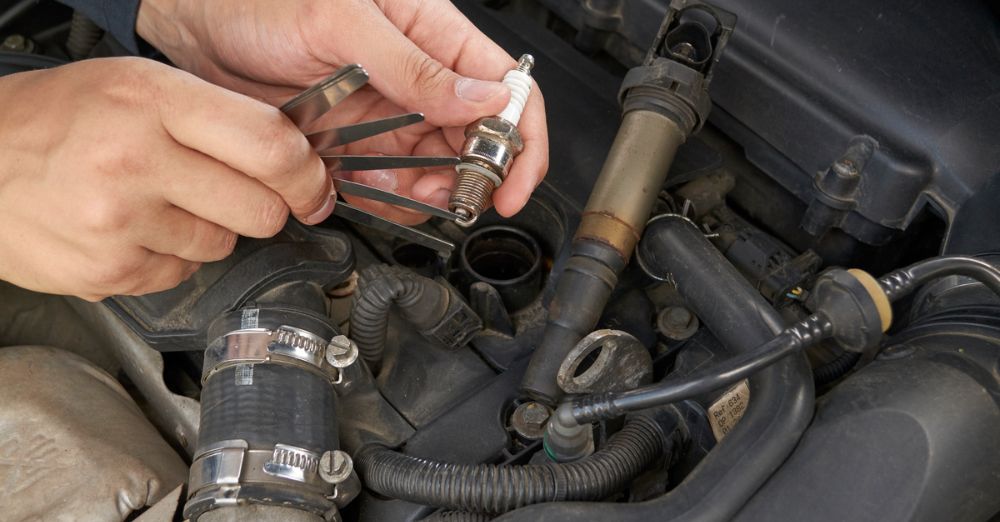Did you know that without a properly functioning spark plug, your car would not even start? That is how important this tiny device is to your vehicle if you are using a gas-fueled combustion engine.
How spark plugs work
The spark plug emits electricity across the engine to cause an ignition spark on the other side. This spark will then fire the mixture of air and fuel inside the engine to create the internal combustion for the car to start.
Different types of spark plugs
There are five main types of spark plugs:
• Silver
• Double platinum
• Copper
• Single platinum
• Iridium
Silver spark plugs
For these spark plugs, the tips of their electrodes are silver coated. You will mostly find them in old European vehicles and motorcycles since they do not last long.
Double platinum
These spark plugs are more durable than silver spark plugs. Both its ground and center electrodes have a platinum coating. For the spark plugs with broken and wasted ignition systems, you can replace them with this type.
The copper spark plugs
This type requires more voltage for its large diameter. Its center electrode has both copper and nickel alloy coating, and since the nickel alloy is not durable, you will have to replace it frequently.
Single platinum
The only difference between this type and copper spark plugs is that their center electrodes are platinum-coated; otherwise, they are similar. In addition, since they generate more heat, these spark plugs discourage carbon build-up, making them suitable for new cars, especially those with a coil-on-plug in their ignition systems.
Iridium
Their center electrodes are small, so they use very little voltage for ignition. The iridium spark plugs are also long lasting compared to all the above types.
Parts of a spark plug
It has three main parts. These are the electrodes (center, ground, or side), housing, and the insulator. Keep reading to know the functions of these main parts and other parts below.
Center Electrodes
The tips are coated either with nickel, copper, silver, or any other metal available for the center electrodes. This coating will carry the high voltage spark from one end to the other.
Ground/side electrode
This is where the internal combustion occurs to start your car
Housing-This is an outer cover that surrounds and supports the insulator and installs the plug to the car's engine.
Insulator
This part is responsible for insulating the center electrode, terminal, center shaft from the housing. It also ensures that the high voltage spark does not escape before reaching the electrode tip.
Terminal
It is connected to the ignition system and is responsible for conducting the high voltage
Ring and parking washer- Tightens the insulator to the housing.
Center shaft
This connects the center electrode to the terminal.
Gasket
This tightens the housing and engine.
How often should you replace it?
Spark plugs can serve your car for years and cover several miles before they wear out and needs replacements. How often you should replace it also depends on the type your car uses. For instance, iridium lasts longer than any other type.
Benefits of replacing spark plugs
There are several benefits, including smooth starts and fuel economy, but the most important one is that your car will start. If you must replace it, kindly take it to an auto repair shop.


